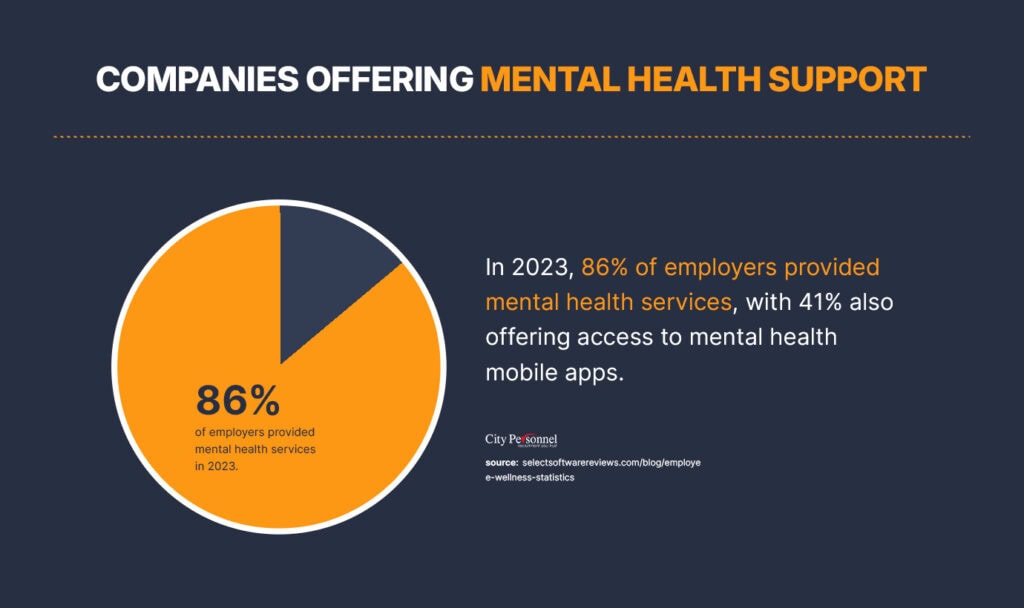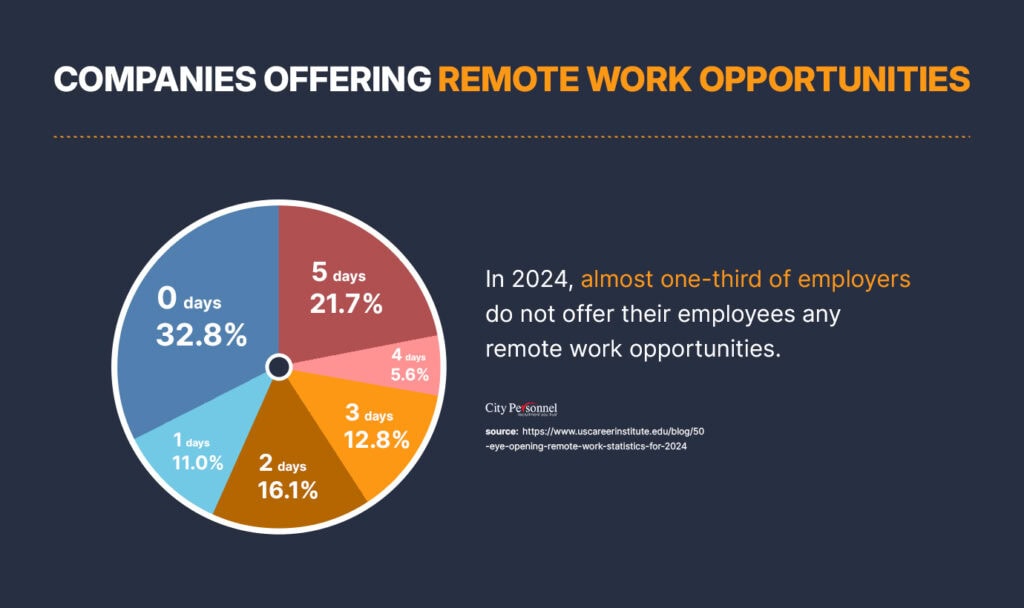As we approach 2025, the landscape of employee benefits is transforming to align with evolving workforce expectations. For employers, staying competitive requires an understanding of what job seekers prioritize in benefits packages and a strategic approach to addressing these preferences.
From flexible work options to holistic well-being programs, here’s what’s shaping the future of employee benefits.
Table of Contents
Introduction
Employee expectations around benefits have shifted dramatically in recent years, influenced by lifestyle changes, economic uncertainties, and growing attention to holistic wellness. To attract and retain top talent, employers need to prioritize benefits that reflect these changing needs and demonstrate a genuine commitment to employees’ personal and professional growth.
Key Trends in Employee Benefits for 2025
1. Personalized Benefits Packages
Job seekers increasingly seek benefits that resonate with their unique life stages and personal goals. In response, companies are implementing personalized benefits packages, allowing employees to choose options that fit their lifestyle. For instance, younger employees might prioritize student loan repayment and career development, while those with families may value childcare and family planning support.
Customization is key: Employers can leverage data and AI-driven tools to tailor benefits to individual preferences, helping to boost employee satisfaction and loyalty.
2. Comprehensive Mental Health Support
Mental health support is now seen as essential rather than optional. By 2025, employers are expected to offer more robust mental health benefits, such as counseling services, stress management workshops, and partnerships with mental health apps. Flexible mental health days are also gaining popularity, enabling employees to recharge and prevent burnout.
Well-being initiatives boost productivity: Studies have shown that employees are more productive and engaged when they feel supported in managing stress and mental health, underscoring the ROI of these benefits for employers.

3. Financial Wellness Programs
Financial wellness benefits have become indispensable as employees face rising living costs and economic pressures. In 2025, we can expect more companies to provide support like student loan assistance, financial counseling, and budgeting tools. These programs not only alleviate financial stress but also foster a sense of security among employees, leading to increased retention.
Debt management tools are valued: Many younger employees view financial benefits as crucial, particularly in the form of student loan repayment assistance, which has proven to be a popular recruitment incentive.
4. Flexible Work Arrangements
Flexibility remains a top priority for employees. As hybrid and remote work models become standard, employers are responding with policies that support work-life balance, such as flexible hours, remote work allowances, and even stipends for home office setups. This approach appeals not only to prospective hires but also aids in retaining current employees, who highly value control over their work environments.
Hybrid work meets employee needs: Many job seekers are now selecting jobs based on the flexibility offered, and companies that adopt such models are likely to see improved morale and reduced turnover.

5. Career Development Opportunities
Investing in employee growth through continuous learning is crucial in today’s dynamic job market. Employers are recognizing the value of offering tuition reimbursement, certification programs, and mentorship. By empowering employees to upskill, companies not only improve retention but also strengthen their talent pipeline.
Upskilling supports long-term goals: Companies that actively support career development are more likely to attract motivated talent looking to advance in their careers.
Frequently Asked Questions
Personalization allows employees to select benefits that align with their personal and professional goals, increasing job satisfaction and loyalty.
Employers can offer mental health apps, flexible mental health days, and regular wellness check-ins to foster a culture that prioritizes mental well-being.
Employees appreciate financial planning resources, debt management assistance, and student loan repayment programs as part of a comprehensive financial wellness strategy.
Flexible work options help employees balance work with personal life, which reduces burnout and increases productivity, especially in remote or hybrid setups.
Career development benefits, such as mentorship and training programs, empower employees to progress, leading to greater engagement and a skilled workforce.
Key Takeaways
- Personalized benefits packages are key to attracting a diverse workforce.
- Mental health support is becoming a necessity for maintaining a healthy, productive workplace.
- Financial wellness benefits reduce stress and foster employee loyalty.
- Flexible work arrangements support work-life balance, which is increasingly valued by job seekers.
- Career development opportunities improve retention by aligning employees’ growth with the company’s long-term goals.
Employers who prioritize these trends in their benefits offerings will be well-positioned to attract and retain top talent, fostering a workplace that is adaptable, inclusive, and supportive of employees’ holistic needs.





